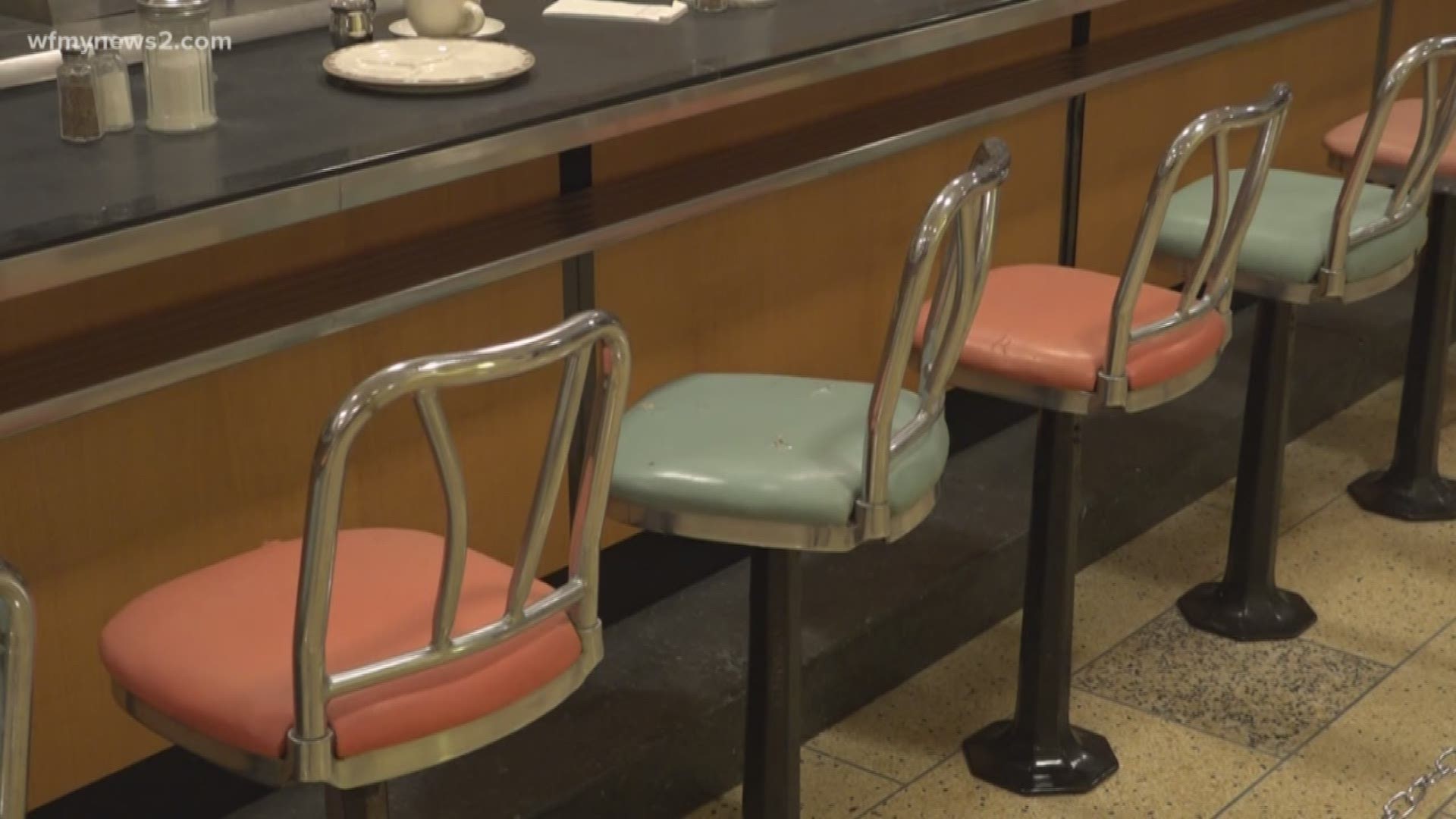GREENSBORO, N.C. — February 1 is just around the corner.
On that day, 59 years ago, Greensboro was marked in the history books forever as the place where the sit-in movement began, after four brave students from North Carolina A&T State University sat down at a popular, whites only lunch counter, and asked for service.
We remember that day and the days that followed, as actions that sparked a movement as people ramped up the protest of segregation across the Jim Crow South.
One man who remembers that clearly is Charles Bess. He watched the movement ignite from the other side of the counter.
As you grow older, things naturally slow down.
At 81 years young, Charles Bess embraces that slower speed most of the time, but he’ll tell you, it wasn’t always that way.
The year was 1957, Bess had moved to Greensboro and joined the Mount Zion Baptist Church. He soon got a job first, as a dishwasher then, a busboy, at F.W. Woolworth on Elm Street.
"It seemed like the harder I would work, the more behind I would get," he said, "But I caught on to it and it wasn’t that hard for me."
It was business as usual behind the Woolworth segregated lunch counter until it wasn’t.
"We had been doing it so long, it was customary to us to keep on doing it the way we were doing it," said Bess about segregation.
The day was February 1, 1960, nearly six decades ago, but clear as day to Bess.
"It took the young guys to get the ball rolling," he said, "They got sick and tired of segregation because it’s holding them back."
Those young guys were four students from North Carolina A&T State University, who sat down at the counter and asked for service.
"Ezell Blair, Jr; Franklin McCain, Joseph McNeil and David Richmond," listed Bess.
"One of the waitresses told them that, "I’m sorry, we don’t serve colored folks here,"' he said, "And that’s when one of them spoke out and said, "Why can’t we be served here? We haven't broke no rules, we got money to pay, why can’t we be served?''
Watching intently behind the counter, Bess had no idea that those 45 minutes the men sat there would become history.
"Being a young busboy at that time, I never thought that I would be up here talking about the sit-in right now," he said, "I really didn’t know what was happening, but I was for them."
Word got out and spread everywhere. The next day, there were cameras, as local media capturing the non-violent protest in action. One of those pictures, showed Bess, working behind the counter.
"The picture here was taken on the second day. And this day, I don’t know why I was the only one caught behind the counter that day but I was," he said.
Six days of sit-ins at the counter ended in a bomb threat.
"It came over the loudspeaker for everyone to leave the store," Bess explained, "And everyone left out, I’ve never seen anybody move so fast in my life they ran out. It slowed down after that day."
The next week, Bess said business took a hit and that continued for the next several months.
Then, on July 25, 1960, the supervisor told him, he’d be one of the first to pass over to the other side of the lunch counter.
"She said, 'if we’re going to start serving colored, we want our employees to be the first ones to be served,'" he said.
Today, people passing by the lunch counter move at a much slower pace, observing the preserved piece of history at the International Civil Rights Center and Museum, and if they’re lucky – meet a man who watched it happen in real time.
Over a long life of marriage, raising kids, working, and worshiping at the same church he joined when he moved to town the brief moments of the sit-in movement could have faded away.
But not for Charles Bess not after seeing segregation turn to integration right here, in Greensboro.
"I'm just glad that the Lord has spared me, to be around here to tell the story of the sit-in movement," Bess said, "It was amazing."
Over the years, Bess got the opportunity to meet the A&T Four, and other civil rights leaders. While he never did meet Dr. Martin Luther King, Jr., Bess says hearing him speak, moved him and watching the civil rights era blossom gave him hope for the future.

